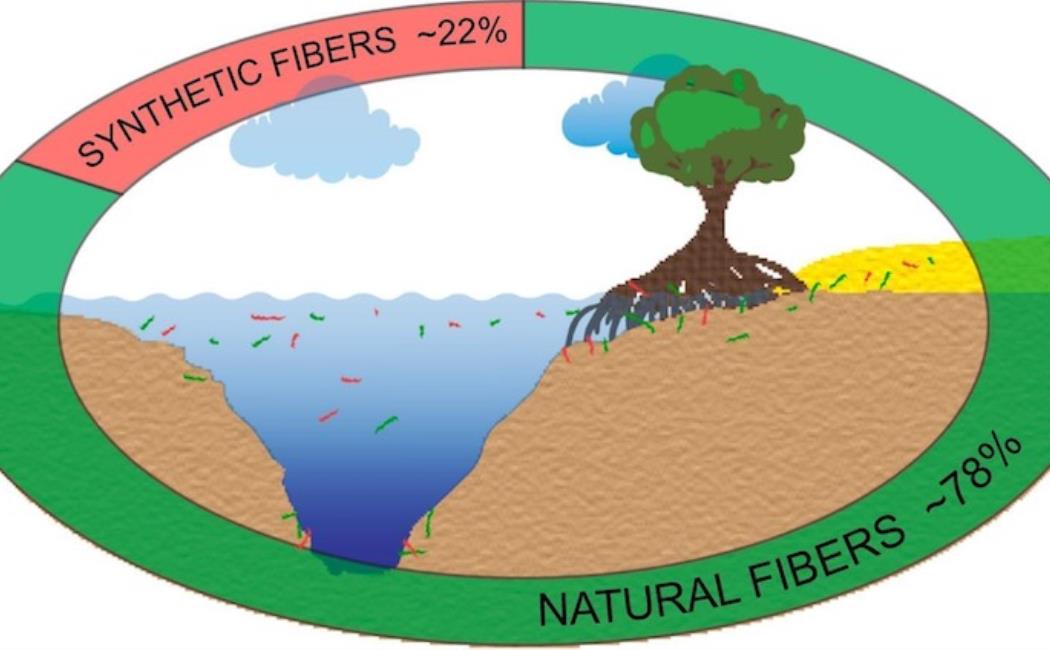
08 June, 2023
When microplastics are not plastic: Chemical characterization of environmental microfibers using stimulated Raman microspectroscopy
The abundance of anthropogenic debris dispersed in the environment is exponentially growing, raising concerns about marine life and human exposure to microplastics. Microfibers are the most abundant microplastic type in the environment. However, recent research suggests that most microfibers dispersed in the environment are not made of synthetic polymers. In this work, we systematically tested this assumption by determining the man-made or natural origin of microfibers found in different environments, including surface waters, sediments at depths >5000 m and highly sensitive habitats like mangroves and seagrass, and treated water using stimulated Raman scattering (SRS) microscopy. Our findings show that ¾th of analyzed microfibers are of natural origin. One plastic fiber is estimated per every 50 l in surface seawater, every 5 l in desalinated drinking water, every 3 g in deep sea sediments and every 27 g in coastal sediments. Synthetic fibers were significantly larger in surface seawaters compared to organic fibers due to higher resistance to solar radiation. These results emphasize the necessity of using spectroscopical methods to assess the origin of environmental microfibers to accurately estimate the abundance of synthetic materials in the environment.
Link: https://doi.org/10.1016/j.scitotenv.2023.164671